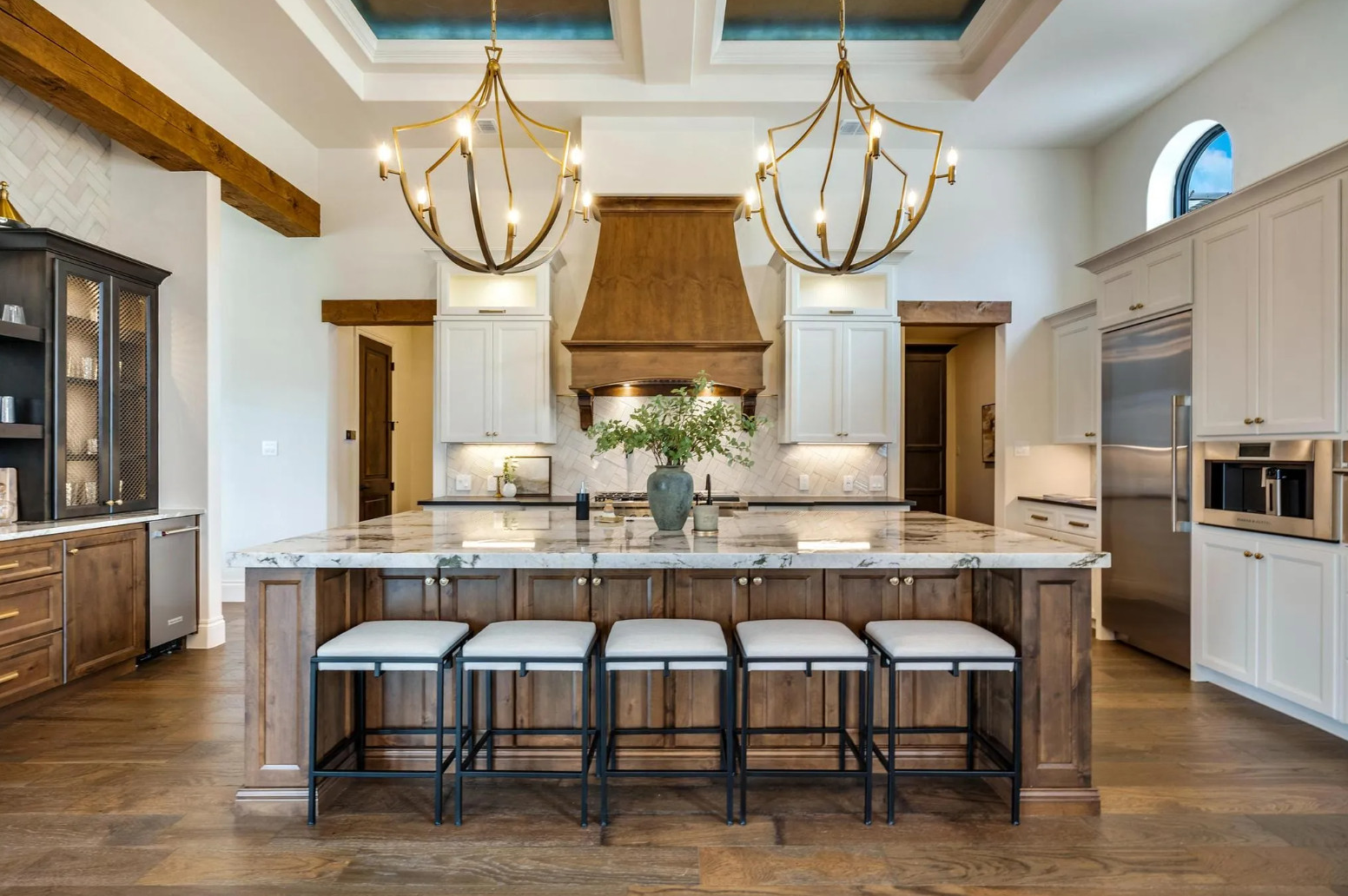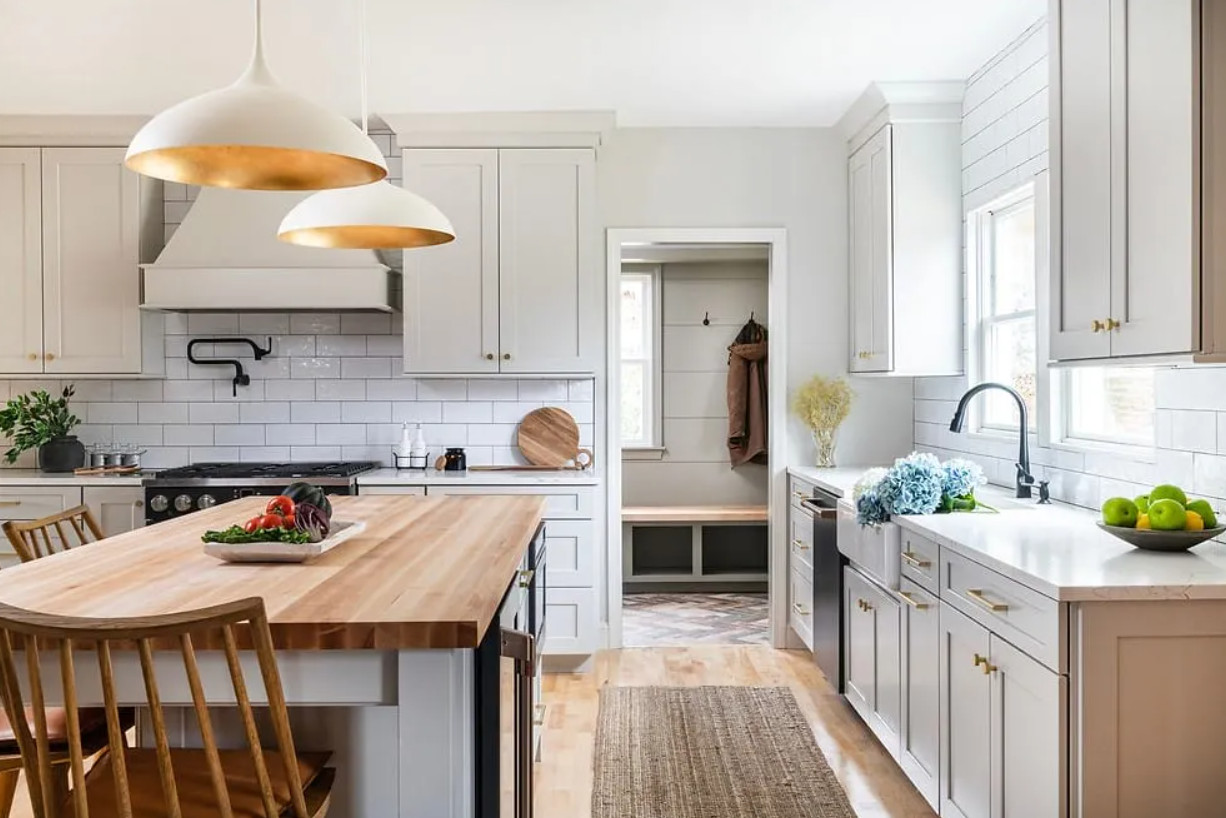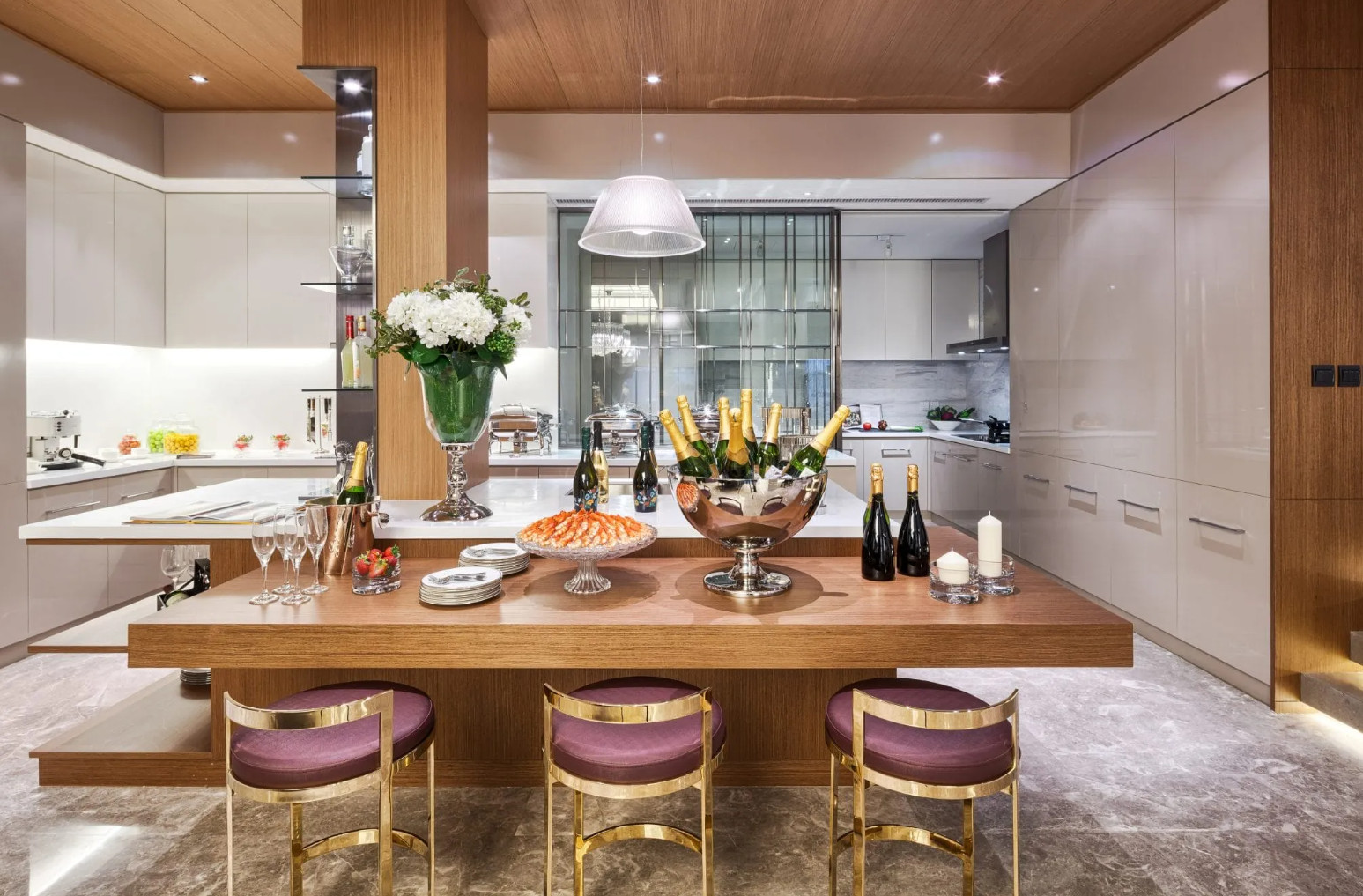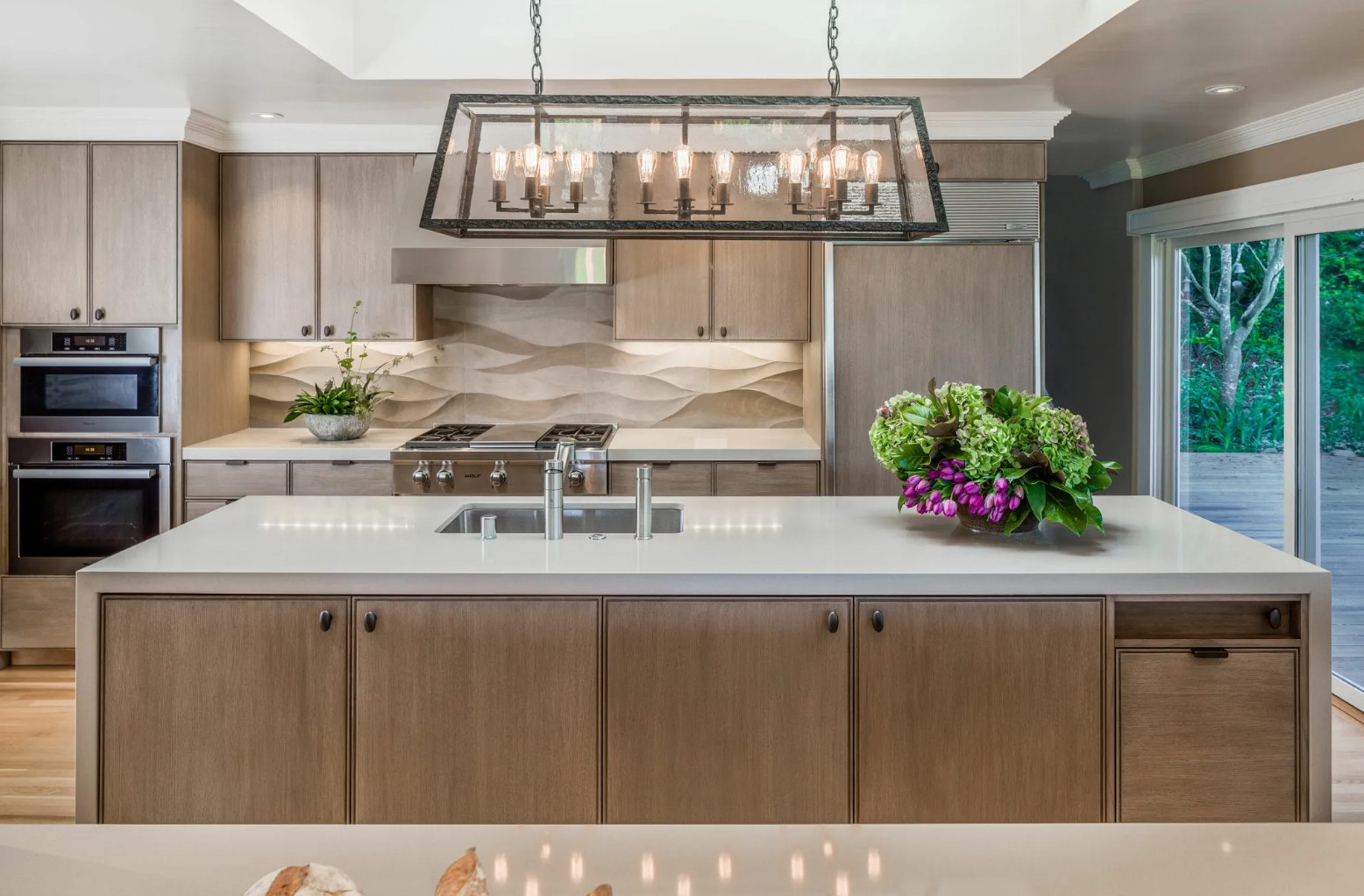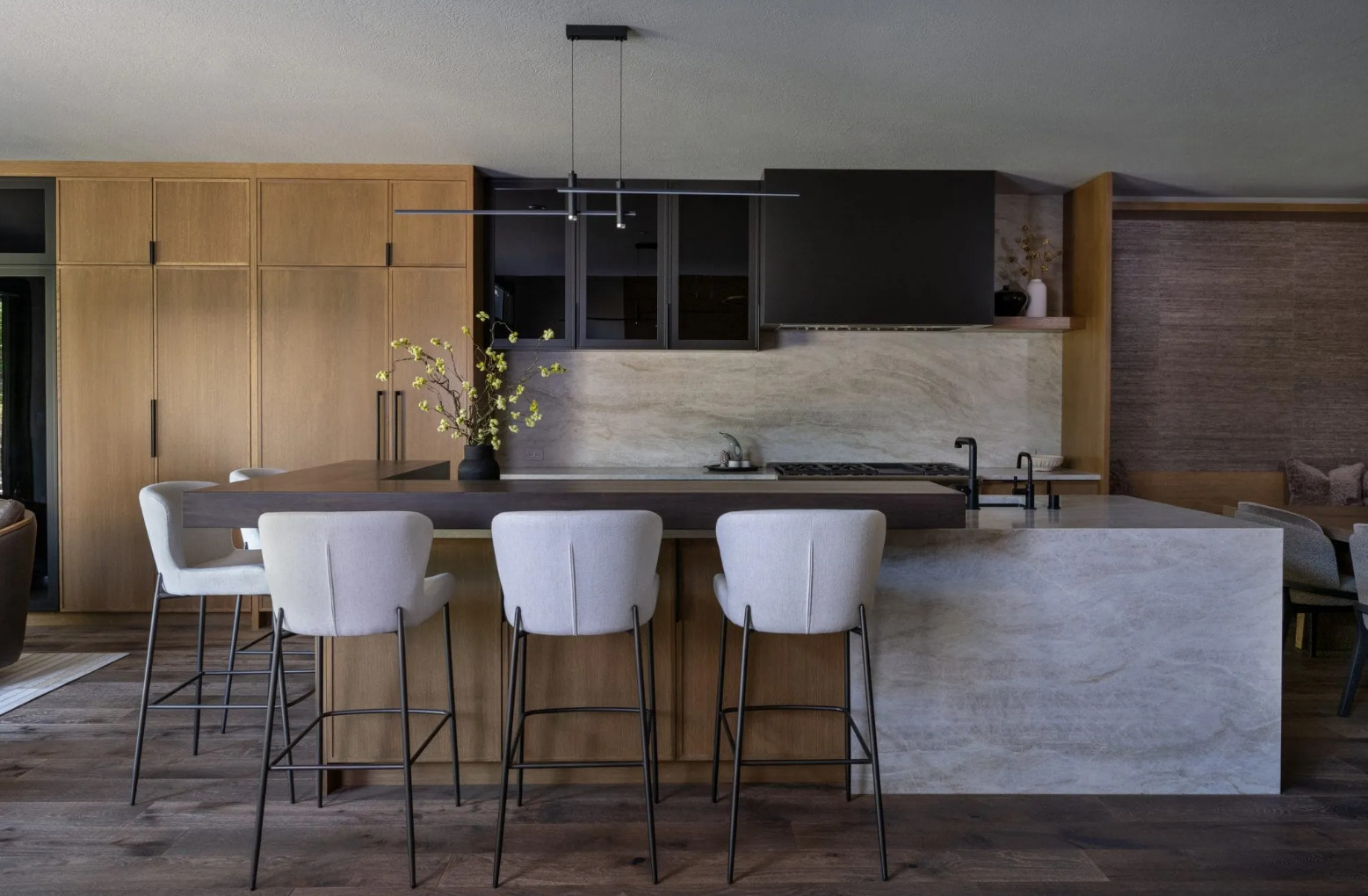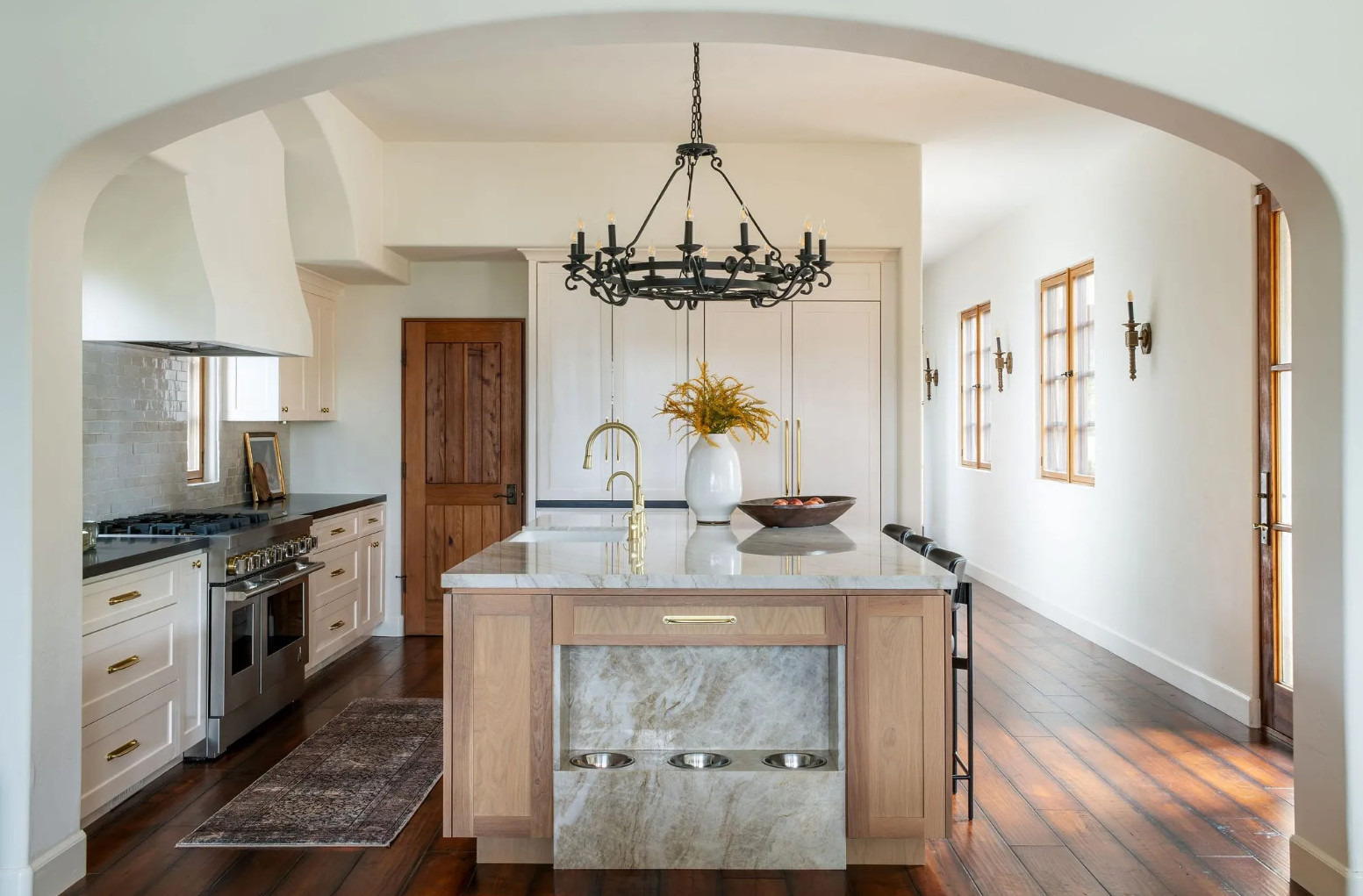Dreaming of a kitchen that is both luxurious and cozy? The “cashmere kitchen” trend is designed exactly for that. Soft neutral tones and elegant textures create an effortlessly chic atmosphere, making your kitchen a warm and inviting space for everyday living.
What is a cashmere kitchen?
A cashmere kitchen combines warmth and luxury: cream, beige, warm gray-brown shades, and soft textures that evoke your favorite cashmere sweater. It’s a stylish, comfortable, and timeless interior, perfect for anyone who wants their kitchen to radiate calm elegance.
Ideas for creating a cashmere kitchen
1. Pair cashmere cabinets with natural wood
Use matte cabinets in warm, neutral shades. Upper and lower sections can have slightly different tones—like a darker clay color below and a lighter oatmeal hue above. Add wooden elements to introduce warmth and natural appeal. This approach works beautifully with shaker-style kitchens, which remain relevant over time.
Designer tip: choose matte or satin finishes so the texture of materials looks natural and refined.
2. Moderate metal accents
Brass or pewter can enhance the kitchen’s style, but use them sparingly. For example, a single knob on a shelf and a long pull on a door is enough to guide the eye without overwhelming the space.
Tip: in matte kitchens, metallic details stand out more, so balance them with other matte elements.
3. Stone countertops with character
Stone complements cashmere cabinets perfectly. Choose slabs with fine veining or subtle textures, such as marble with soft gray gradients or polished limestone. Slightly darker countertops often look more natural than a perfect match with the cabinets.
4. Elegant backsplash
The backsplash can highlight the kitchen’s style without being distracting. Pale cream Zellige tiles or a light stone “herringbone” pattern add movement and subtle tone. Glass tiles in a soft champagne shade bring gentle shine without a cold effect.
Tip: select grout slightly lighter or darker than the tiles for a harmonious yet striking look.
5. Layered lighting
The color and mood of the kitchen change with lighting. Stick to a warm white spectrum (2700–3000K). Central fixtures with fabric or paper shades soften the overall tone, while shelf and wall lighting adds depth.
6. Soft furnishings and textile accents
Bar stools, breakfast nooks, or window seating are perfect opportunities to introduce accent colors or textures. Muted green or deep purple fabrics create calm focal points. Roman shades or lightweight café-style curtains break up straight lines and make the space feel more inviting.
Tip: swapping cushions or curtain fabrics allows seasonal updates without a renovation.
7. Mix open and closed storage
Closed cabinets hide everyday dishes and reduce visual clutter, while open shelves display decorative items like handmade ceramics or glassware in soft tones.
Tip: in small kitchens, glass-front cabinets create a sense of space without sacrificing storage.
8. Flooring as the finishing touch
The floor should complement the cashmere interior. Light oak planks add warmth and variation, while patterned tiles or large porcelain slabs with subtle stone-like patterns bring elegance. Large tiles make small kitchens feel more spacious, while narrow planks in a long room add direction and flow.
Download calculator
and presentation
solution packs
and presentation
solution packs
for accurate cost calculation

Enter your phone number and download the calculator






